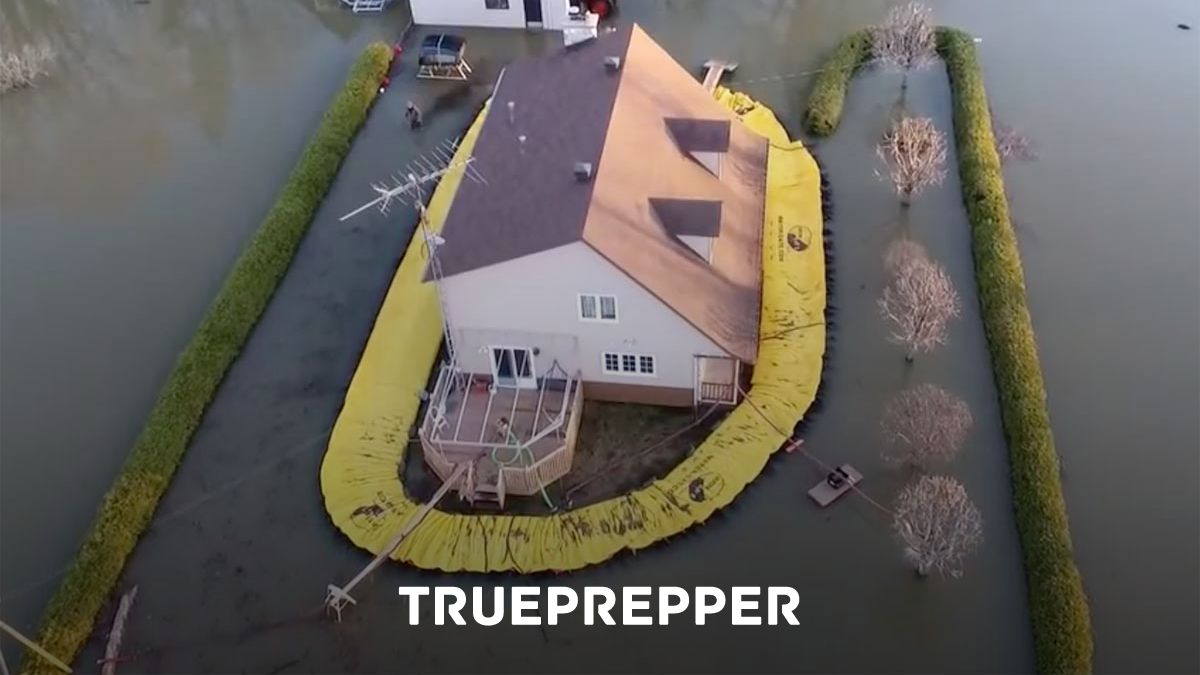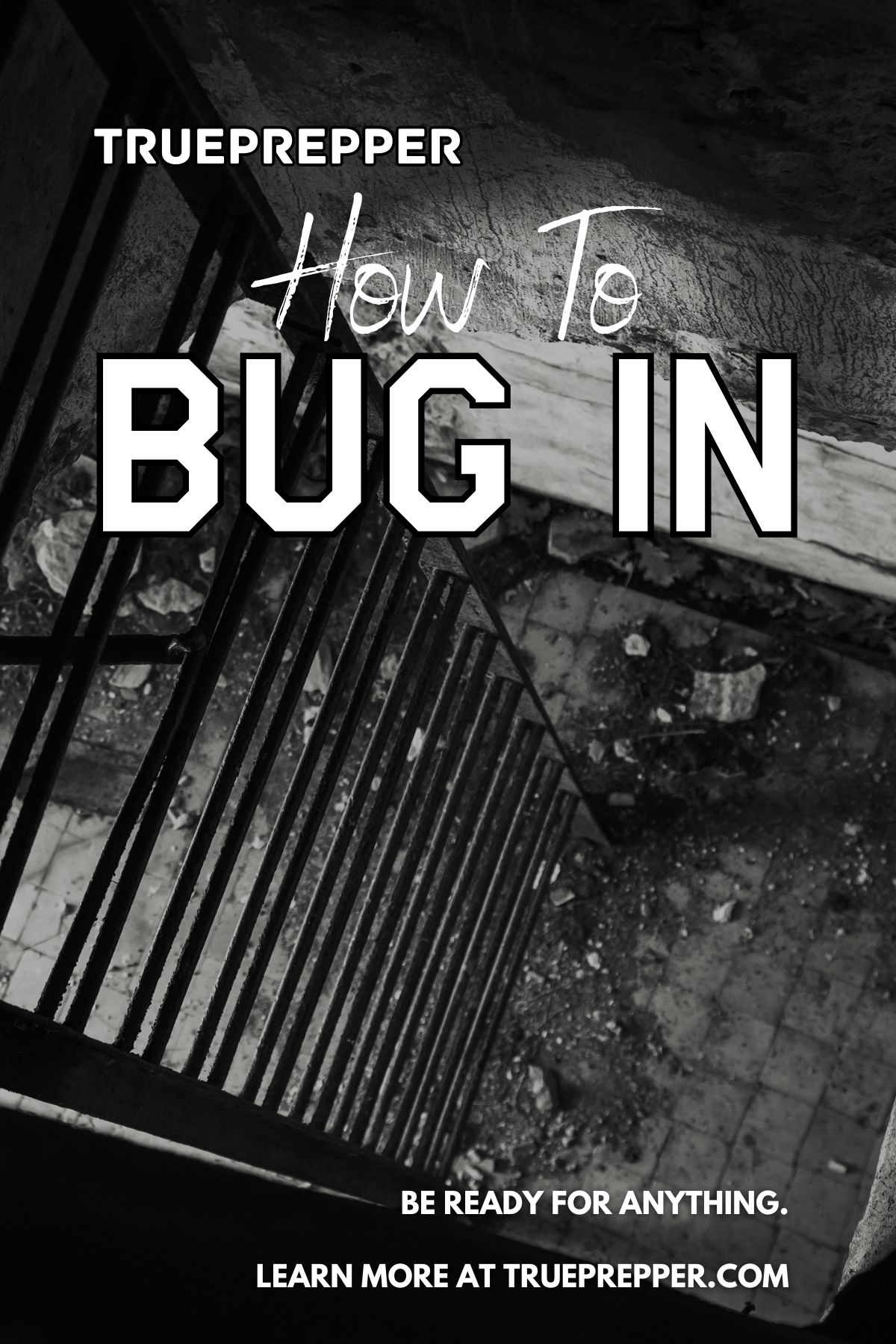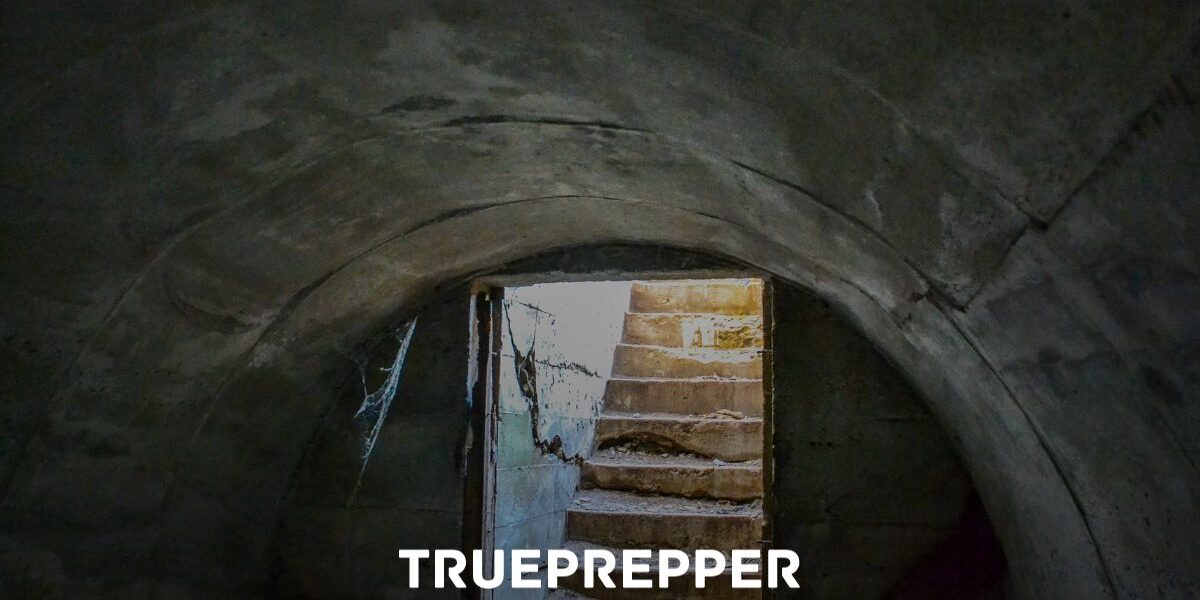How to Bug-In | The Bug-Out Alternative You MUST Plan For
When SHTF, getting out of Dodge is usually a good idea; but what if it’s just not possible? The Bug-In plan is a solid preparation tool for the worst scenarios you could conceive. It involves plenty of forethought, supplies, and staying informed. Bugging in is not a reaction to an event, but it is the result of months or even years of preparation. It is very different from bugging out, although both plans are deeply rooted in prepping.
What Is Bugging-In?
Bugging in is pretty much just staying in a safe location with survival resources. This is the opposite of bugging out, where you would leave to an alternate “bug out location” (BOL) which would theoretically be a safer place to survive. There are several different ways to bug in, and they all revolve around different threats and stages of planning. If you plan on staying put in an emergency, you will most certainly need to have a plan and plenty of resources.
Bugging out requires fewer resources so you can be more mobile. When you bug in you don’t have the issue of needing to be mobile, so the amount of resources on hand is limited by three factors:
- Space – You can only store what you can fit. Shelving and storage solutions can help you fit more.
- Cost – Although preppers love free stuff, (see our free survival gear list) most resources cost good, hard-earned money.
- Intent – You can have all the room and the money in the world, but if you don’t have any drive to be ready for SHTF, you probably aren’t going to have too many resources available. It takes prior planning and more than a few thoughts to get prepared for most contingency situations.
Work with what you have, and know that intent is the factor you can control now. Preppers in tiny apartments and trailers with low-income jobs have effectively prepared with up to 10 years of bug-in supplies. What’s your excuse?
What Threats Will Require You to Bug-In?
Despite all the talk about bug out bags and bugging out, being required to bug in is actually more likely. One of the main keys to bugging out is prior notice. Without enough notice or time, bugging out can be extremely dangerous, and bad timing can be deadly.
Pulling from our comprehensive Prepper Risk Assessment, here are a few threats where a bug-in plan makes sense with the right preparation:
- Bombings and Shootings
- Earthquakes
- Pandemics
- Power Outages
- HAZMAT Incidents
- Space Weather
- Biological Attacks
- Nuclear Attacks (indirect)
- Chemical Attacks (indirect)
You may be saying to yourself “Wait, I am definitely planning on bugging out during a nuclear attack.” Sure, that’s a good plan; but what is the notification time on one of those? Can you get to your bug out location within 20 minutes? If not, having a bug in plan even to hold you over until you can actually bug out to your alternate location is a good idea. In many of these situations, the worst place you could be caught at the height of the incident is on the road. That includes many more, such as hurricanes and floods- but those usually provide plenty of notice for evacuation.
Key Components for Bugging-In
If you are planning to bug-in as a holdover until you can bug-out you will still need the majority of the basics. If you don’t have a bug-out option, you’ll definitely need a bug-in plan. No matter your situation, a bug-in plan focuses on these key components:
- Shelter – Having a solid shelter to weather storms, attacks, and incidents is very important. If you have multiple rooms, identify the room you want to become your main shelter room. HQ, bunker, safe room- whatever you want to call it, this should be where your supplies are kept. It should be big enough to house everyone in your family, and if not you may need to get creative with shelving or lofts. You should also have your survival kit in your identified shelter room.
- Survival Kit – We have a whole separate section on this. The kit has basic necessities, but scalable supplies for food and water so you can survive for longer periods. Specialty kits can be added for elevated threats in your area, such as nuclear accidents or earthquakes.
- Security – Some people lump this into the survival kit section, but it deserves mention on its own. Security isn’t just made up of a shotgun kept in a safe. It should be a part of the planning process for each and every step. The shelter room you pick should be a secure and defendable position. Your home should not be an easy target for burglars. Keeping security at the forefront shouldn’t just be for bug-in planning, it should be at the forefront of prepping- period.
- Information – How we get information during catastrophic events can make the difference between life and death. If you don’t get notified of an inbound nuclear attack, how much good does an underground bunker do you? Staying informed is something that most preppers work on each and every day. Besides learning new prepping tips and techniques, just keeping up to date on current events is a good idea. Going past the current events and learning about early warning systems is an even better idea.
- Action Plan – All of the gear you could ever want, combined with a large arsenal in a missile silo is useless without a plan. Luckily, this is easy to fix. We have a free emergency action plan template that is easily adapted for a bug-in scenario if you are just getting started with prepping. This post will break down how to fill out the EAP, or you can just jump straight to the template.
- Get Home Bag – A “GHB” or get home bag is similar to a bug out bag, but it is for getting you back to your supplies at home. Most of us commute some distance to work or leave home often for some other reason. The possibility of an emergency or disaster doesn’t just go away when you leave your threshold. In many cases, it is even more likely when you are away during the day at work. Check out our Get Home Bag guide so you can get home safely.
Bugging In as the Only Option
Some preppers elect to forgo evacuation plans and put all their eggs in their home basket. They’ll seriously improve security and self-reliance through power generation, hardening, and a massive supply stockpile. There are many reasons someone may kick bug-out plans to the curb- mobility issues, community and family proximity, and non-solid bug out location options can all deter people from depending on bug out plans.
Knowing that you aren’t flexible in an option to leave can help you shore up that weakness with prevention measures. For example, some people opt to get flood barriers if they are in evacuation zones.
Warning: It is ill-advised to ignore evacuation orders- first responder help and resources will not be available. Many people die each year ignoring evacuation orders.

The Answer is Almost Always in the Middle
The age-old prepping question is “Are you planning to bug in or bug out when SHTF?” I hate this question.
Why polarize two equally productive plans just for the sake of argument? Most times, one prepper will say “I’m headed off-grid to my Bug Out Location” and the other guy will say “I’m stocked for 15 years in place”.
The best question is “Why aren’t you prepared for both?” We’ve seen that there is never a single good answer for all of the possible events that could happen. Bugging out is better in some situations, and hunkering down is better in others. Don’t subscribe to one brand of prepping- be practically prepared for it all.
The Final Word
A bug-in plan is easier than it sounds. It can be as involved and complicated as you want it to be or you can just keep it simple. The bottom line is that we encourage everyone to at least have a plan. We hope you’ve learned what ‘bugging-in’ is, and how to bug in, and will consider developing a plan if you haven’t already.
Here are some more reads our subscribers appreciate:
- Survival Food List | Pantry Stockpile Plan and Checklist
- Free Survival PDFs, Manuals, and Downloads
- Home Survival Kit List | 53 Essentials
Keep exploring, stay prepared, and be safe.
You’ve Been Missing Out
Join the 2+ million preppers that rely on our prepping advice by subscribing to TruePrepper.- Practical guides and tips
- Useful survival giveaways
- Free, forever
- < 0.4% of people unsubscribe



I have never understood how “ bug in would replace bug out”. I get that it means you plan to stay put but most plans don’t survive in reality long. So let’s say you are bugging in and looters start setting either your house or the houses around yours on fire? Do you still stick with the bug in strategy? What do you do when the neighbors figure out that you have supplies and come kicking the door down? I know if you own your home you can make enhancements for security but if you are in an apartment like me… well let’s just say I hope to figure out both a bug in and bug out plan
Both plans are important. Don’t put all your eggs in one basket!
bugging in does not replace the bug out extremis option, but is a later resort. if your home is truly prepared and aware, you might be able to avert the bug out option… and save your primary castle!
WOW! what a great article ,thanks so much great information. wishing you the Best also.
richie.